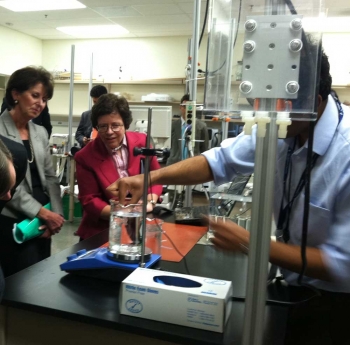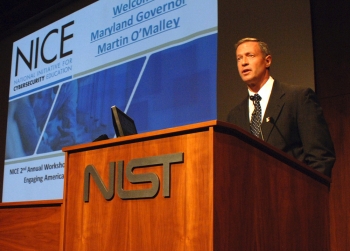Spotlight on Commerce: Alejandra Castillo, Deputy Director of the Minority Business Development Agency
Ed. Note: This post is part of the Spotlight on Commerce series, which highlights members of the Department of Commerce who are contributing to the president's vision of winning the future through their work.
Alejandra Y. Castillo is the National Deputy Director of the Minority Business Development Agency.
Since joining the Minority Business Development Agency in April 2010, I serve as the principal advisor to the MBDA National Director and manage the day-to-day activities of the Agency’s 5 Regional Offices and 48 Minority Business Centers. These Offices and Business Centers are vital centers of economic growth and job creation. Under the Obama Administration, MBDA has assisted minority-owned firms in obtaining nearly $7 billion in contracts and capital, creating nearly 11,000 during the last two years. As the National Deputy Director, I am also responsible for executing the Agency’s mission to help Minority Business Enterprises (MBEs) grow and succeed through access to capital, access to contract and access to business opportunities both domestically and abroad.
Prior to MBDA, I served as Special Advisor to the Under Secretary for the U.S. Department of Commerce’s International Trade Administration (ITA) where I was responsible for business outreach and development of policy initiatives geared at trade promotion and enforcement of U.S. trade laws. Before coming to the Department of Commerce, I was a practicing attorney for several years, working in the private, government and non-profit sector. I also served as the Interim Executive Director of the Hispanic National Bar Association working with the White House and non-profit organization, such as the Latinos for a Fair Judiciary, in support of the nomination and confirmation of Sonia Sotomayor to the United States Supreme Court.








